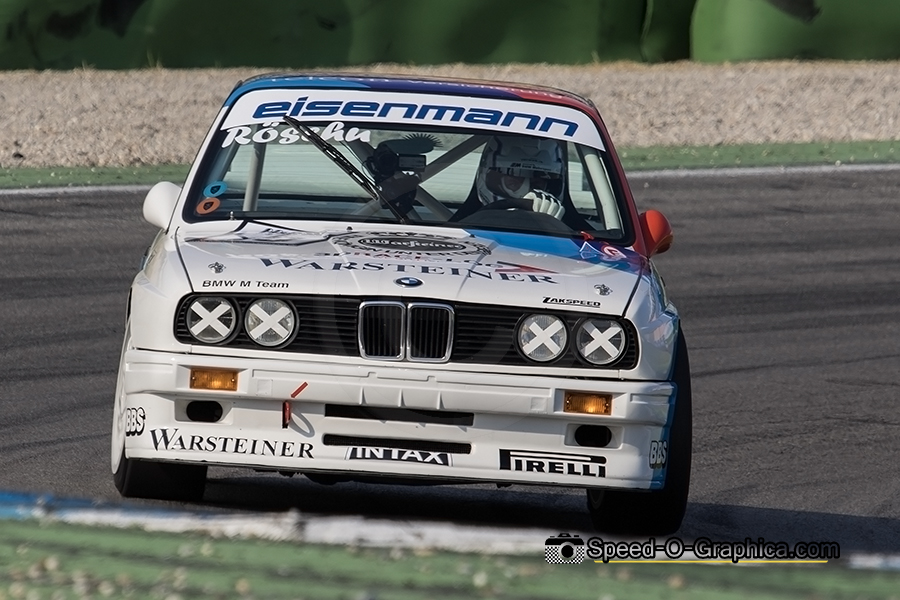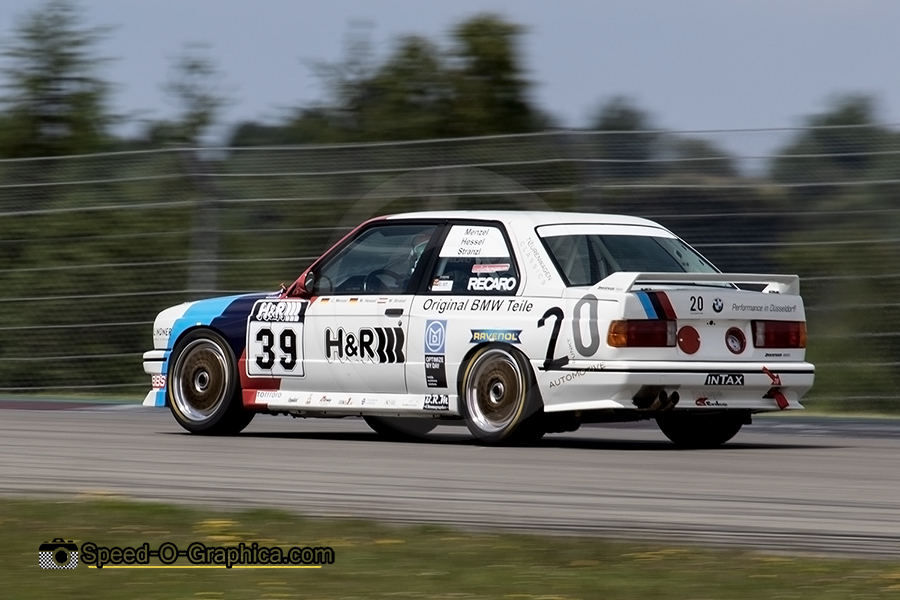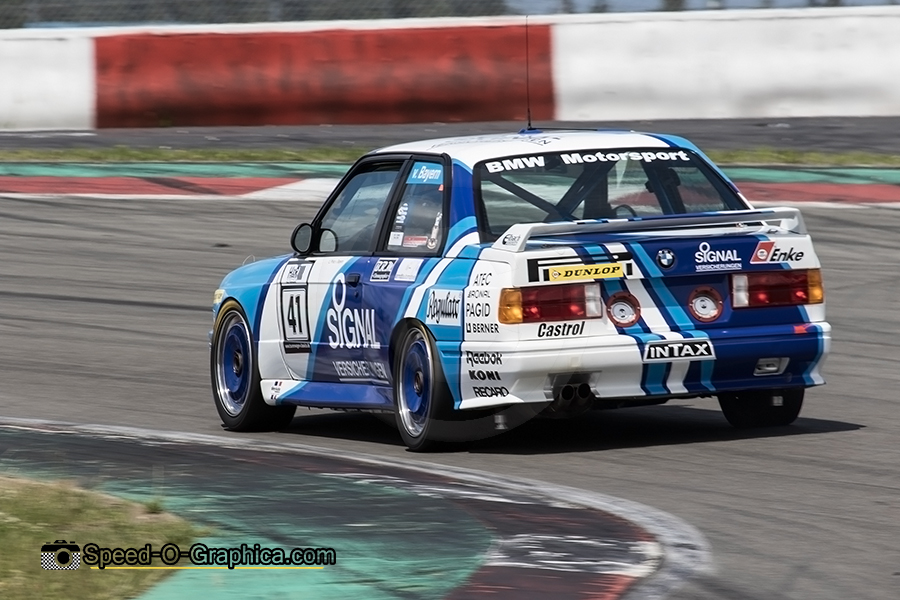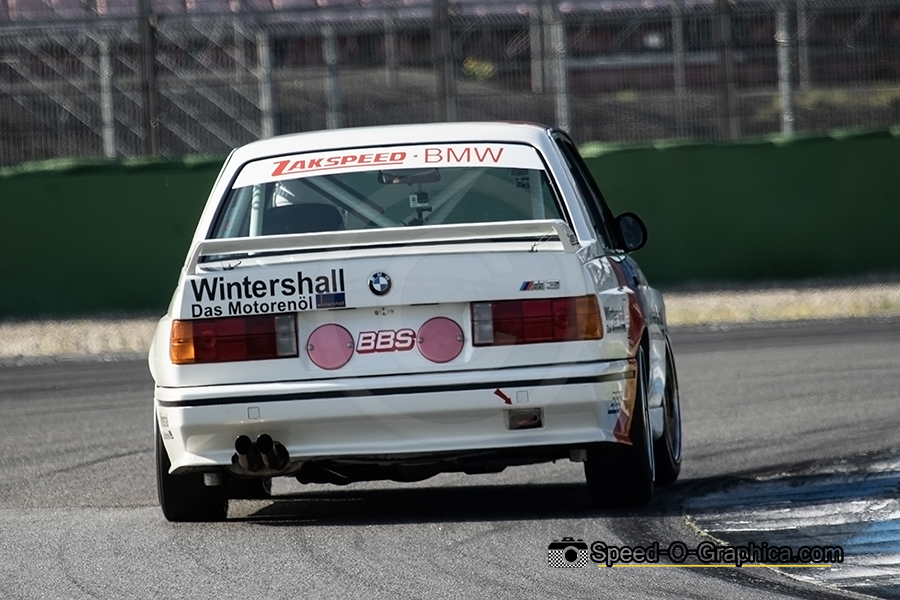The Legendary BMW M3 E30: Part 1

By Marcel Hundscheid / Speed-O-Graphica
BMW’s legendary M3 E30 was born in 1980 when the FIA (Federation International de Automobile) decided to change their regulations for the admission of competition vehicles.
For this purpose, different classes were formed. In order to enable these vehicles to be generally admitted to all classes, it was mandatory to sell a minimum number of cars. The M3 was primarily used for homologation in the famous DTM championship. Five years later BMW presented a saloon car to the general public at the International Motor Show in Frankfurt. The M3 E30 would soon become a true sensation and one of the most iconic cars in BMW’s M line-up.

BMW’s primary intention was to obtain homologation for participation in the DTM (German Touring Car Championship). The Group A regulations required that at least 5000 road car versions of a race car had to be sold within twelve months to become homologated for racing. However, the demand for the M3 was so great that it was decided to produce the car in much larger numbers than originally intended.
The M3 was essentially based on the standard E30 with two doors. However, the bodywork received a major makeover. For example, larger fenders were incorporated that accommodated wider wheels and tyres to enable a larger track width. Other adjustments included a fiberglass-reinforced plastic tailgate and shortened rear window to reduce the lift on the rear axle, as well as a large rear spoiler. Besides this the front and rear bumpers as well as the side skirts and boot lid were made of plastic.
Equipped with a 2.3-litre S14 four-cylinder DOHC engine derived from the six-cylinder M10 engine with a split four-valve cylinder head, the new engine was developed in just two weeks’ time by BMW’s technical director Paul Rosche. With an output of 200 horsepower and a top speed in excess of 235 km/h, the M3 accelerated to 100 km/h in just 6.7 seconds. Before production started, the M3 was tested on the ‘Green Hell’ and in a 150.000-kilometer test at top speed on the Nardo Ring.

We take a dive in history to the year 1987 when the FIA launched the World Touring Car Championship open to touring cars complying with Group A regulations. Amongst the fifteen registered entries were BMW M3 E30s from Schnitzer (Ivan Capelli, Roberto Ravaglia, Roland Ratzenberger, Emanuele Pirro, Markus Oestreich and Dieter Quester) CiBiEmme Sport (Riccardo Patrese, Johnny Cecotto, Gianfranco Brancatelli and Mauro Baldi), and Bigazzi (Luis Prez-Sala, Olivier Grouillard, Winfried Vogt, Markus Oestreich and Altfrid Heger).
The initial racing version of the M3 was powered by a 300 horsepower engine at 8,200 revolutions per minute, instead of the 200 horsepower from the production version. Just like the road car, the racing version was an outstanding success, claiming the world title in its first year followed by the European title. Ravaglia and BMW won the world championship with two wins and only one point difference over the Eggenberger Motorsport driven by Klaus Ludwig. BMW also claimed the European title in 1987 by winning the European Touring Car Championship with Linder Rennsport. Winfried Vogt won the European title, followed by his teammate Altfrid Heger. Linder won the championship without any serious opposition. BMW also won the European title in 1988 with Roberto Ravaglia in a Schnitzer BMW M3.
In our second part we resume our closer look on the M3 E30 with participation in the DTM championship and other series.

